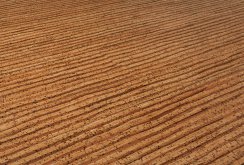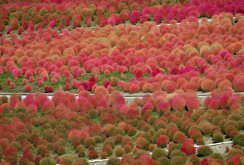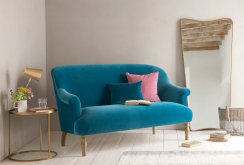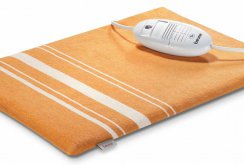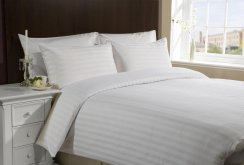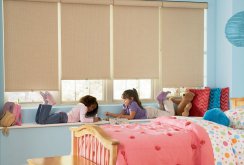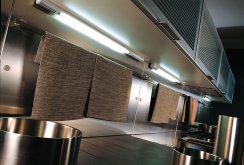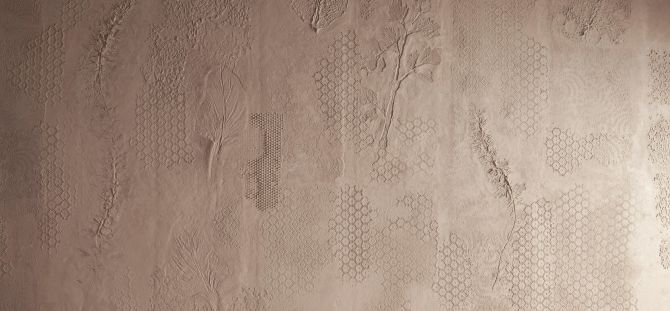 Decorative plaster of ordinary putty: methods of implementation and advantages
Decorative plaster of ordinary putty: methods of implementation and advantages
Decorative plaster is a great way to decorate a room. For work, you can use special materials, as well as ordinary putty.
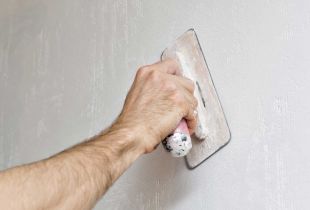 What is better to choose for finishing work: plaster or hard putty and what type?
What is better to choose for finishing work: plaster or hard putty and what type?
Cement putty can be successfully used for closing cracks and for smoothing surface drops. It can be used both inside dry rooms and for decorating facades.
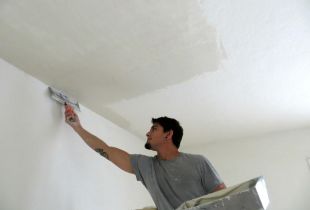 Leveling the ceiling: basic methods
Leveling the ceiling: basic methods
A beautiful ceiling is an indicator of quality repairs. And if defects in the floor or walls can be hidden, then the ceiling should be flat and neat.
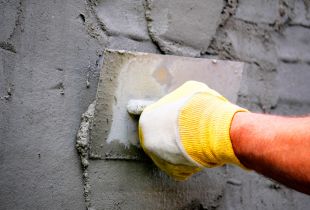 Stucco walls on lighthouses: benefits and milestones
Stucco walls on lighthouses: benefits and milestones
Many builders believe that the best way to level the walls is to plaster the walls on the lighthouses. The finish applied in this way is not only distinguished by its smoothness, but also by its high wear resistance and ...
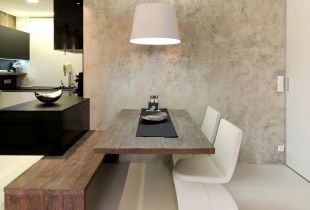 Gypsum plaster in the interior: new features of the classics (20 photos)
Gypsum plaster in the interior: new features of the classics (20 photos)
Gypsum plaster is used for leveling walls and ceilings. It is used in residential and commercial construction, it is notable for its affordable price, practicality and ease of application. It can be applied both manually and using a special ...
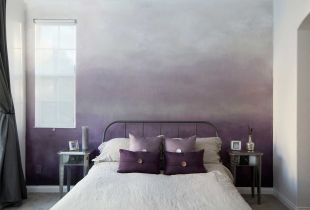 Acrylic plaster: affordable beauty and durability (20 photos)
Acrylic plaster: affordable beauty and durability (20 photos)
Decoration of housing has always interested a person: everyone wants to live in a beautiful house or apartment. It is not surprising that finishing materials are constantly being improved. One of the most interesting and affordable today is acrylic plaster.
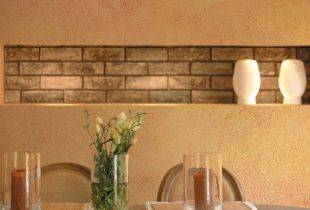 American Plaster: essence, application possibilities and application technology (20 photos)
American Plaster: essence, application possibilities and application technology (20 photos)
Universal "American" plaster has optimal performance properties and does not create difficulties in the application process. Important factors of her choice are composition and purpose.
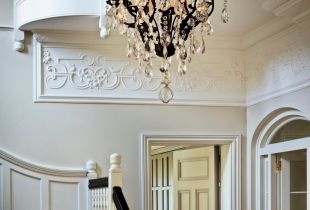 Warm plaster: on guard of warmth and comfort (24 photos)
Warm plaster: on guard of warmth and comfort (24 photos)
Warm plaster is an innovative, easy to apply and at the same time inexpensive composition that allows you to insulate walls and facades from any source material with your own forces.
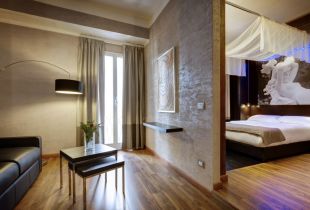 Advantages and possibilities of using Marmorino plaster (21 photos)
Advantages and possibilities of using Marmorino plaster (21 photos)
Marmorino plaster is an effective finishing mixture, which after application forms a dense wear-resistant layer on the surface with impressive aesthetic and operational characteristics.
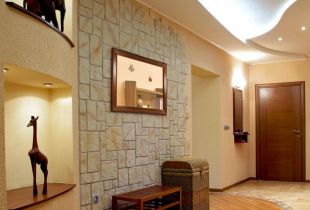 Decorative plaster in the corridor: available application techniques (20 photos)
Decorative plaster in the corridor: available application techniques (20 photos)
Decorative plaster is an excellent solution for the corridor. With its help, you can realize various design options.
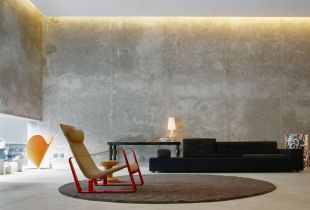 Decorative plaster for concrete: features and advantages (26 photos)
Decorative plaster for concrete: features and advantages (26 photos)
Advantages of decorative plaster for concrete. Features of decorative plaster. Varieties of decorative plaster.

 What is better to choose for finishing work: plaster or hard putty and what type?
What is better to choose for finishing work: plaster or hard putty and what type? Leveling the ceiling: basic methods
Leveling the ceiling: basic methods Stucco walls on lighthouses: benefits and milestones
Stucco walls on lighthouses: benefits and milestones Gypsum plaster in the interior: new features of the classics (20 photos)
Gypsum plaster in the interior: new features of the classics (20 photos) Acrylic plaster: affordable beauty and durability (20 photos)
Acrylic plaster: affordable beauty and durability (20 photos) American Plaster: essence, application possibilities and application technology (20 photos)
American Plaster: essence, application possibilities and application technology (20 photos) Warm plaster: on guard of warmth and comfort (24 photos)
Warm plaster: on guard of warmth and comfort (24 photos) Advantages and possibilities of using Marmorino plaster (21 photos)
Advantages and possibilities of using Marmorino plaster (21 photos) Decorative plaster in the corridor: available application techniques (20 photos)
Decorative plaster in the corridor: available application techniques (20 photos) Decorative plaster for concrete: features and advantages (26 photos)
Decorative plaster for concrete: features and advantages (26 photos)